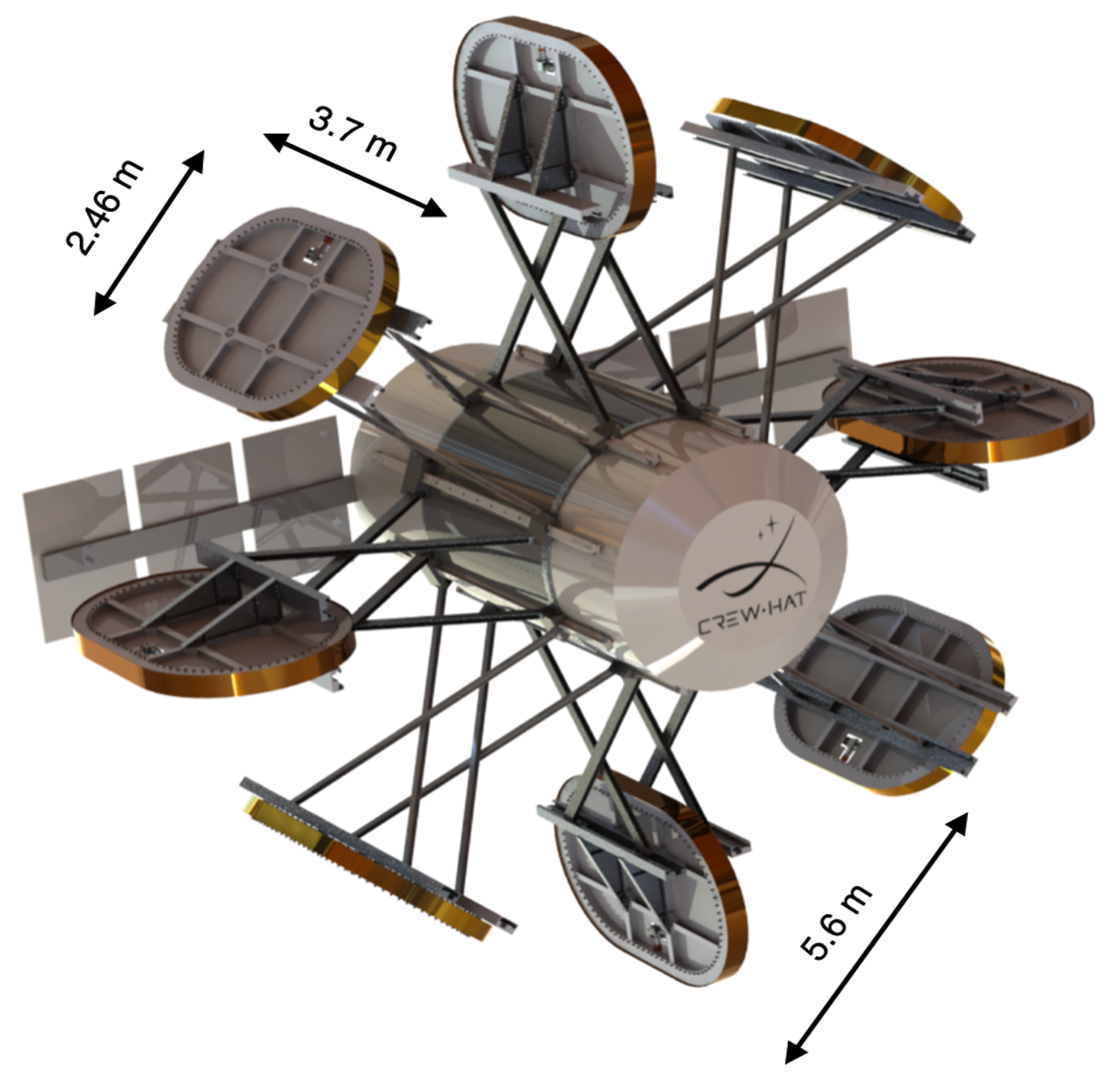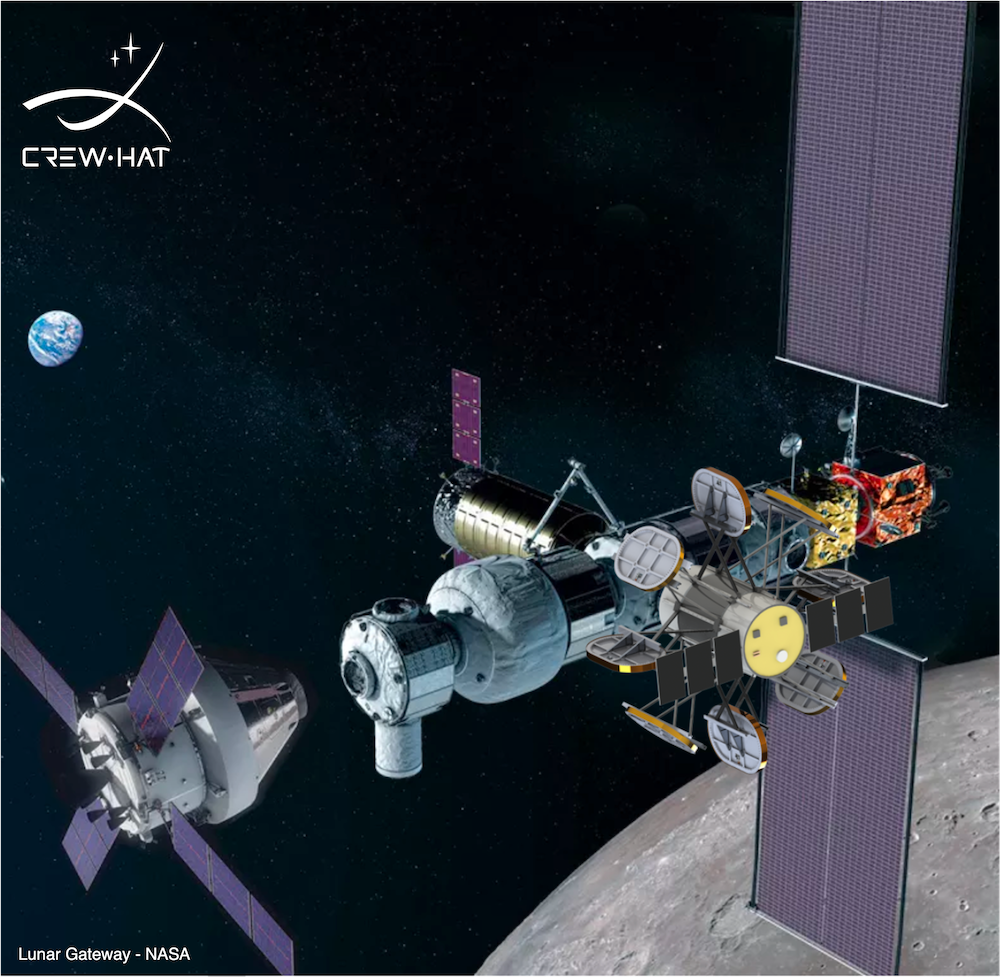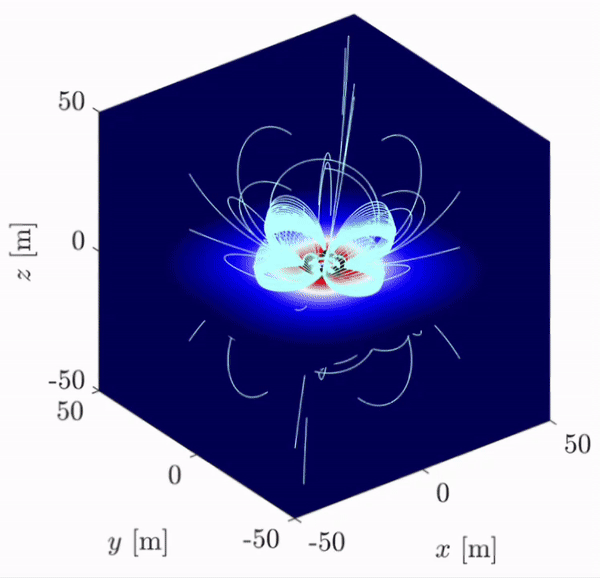Galactic Dynamics
Barred spiral galaxies comprise about half of all galaxies in the local universe. Observationally, galaxy surveys are only recently reaching the necessary quantity, spectroscopic richness, spatial resolution and distance to provide useful statistical samples for learning about the range of galaxies throughout our universe. Rachel's works aims to answer three questions within the broader field of the origin and evolution of galaxies to investigate: (1) In which specific disk galaxies do bars form? (2) When do the bars form in those galaxies and how long do the bars exist? and (3) How are the bars supported by or supporting neighboring star formation? Through this research, we plan to understand the formation, and evolution of bars and the effect on their adjacent star forming regions in disk galaxies.
For the Milky Way, Elena and Alfonso Aguerri carried out GALAKOS, a high-resolution N-body simulation of the Galactic disk, that forms a stellar bar with a pattern speed of 40 km/s/kpc, in agreement with the current data. The simulation resolved the solar vicinity and allowed the studies of the Hercules Stream, a group of stars moving together in the solar neighborhood with a velocity distinct from the Sun.
The origin of the Hercules Stream is still uncertain. They explored the possibility that Hercules is made of trojans, stars captured at L4, one of the Lagrangian points of the stellar bar (see figure on the left).
They followed the motions of stars in the corotating frame of the bar and confirmed
Hercules being formed by stars in corotation resonance with the bar.
Unlike previous work, they demonstrated that the retrograde nature of trojan orbits causes
the asymmetry in the radial velocity distribution, typical of Hercules in the solar vicinity.
They show that trojans remain at capture for only a finite amount of time, before escaping
L4 without being captured again. They anticipate that in the kinematic plane the Hercules
stream will depopulate along the bar's major axis and be visible at azimuthal angles
behind the solar vicinity with a peak toward L4.
This test can exclude the outer Lindblad resonance origin of the Hercules stream and be validated by Gaia DR3 and DR4.

Magellanic System
The Magellanic Stream is one of the most complex gaseous structures in the Milky Way’s immediate environment. The Large and Small Magellanic Clouds (LMC/SMC), through their mutual interactions over the past several billion years, have lost over a billion solar masses through tidal and ram pressure forces, and the Milky Way has stretched this gas into the Magellanic Stream we see today. It is a massive, multi-phase, filamentary, turbulent structure that we are only now beginning to fully understand. Recent work using absorption line spectroscopy along quasar sightlines has revealed a huge amount of ionized gas that cocoons the directly observable neutral hydrogen first mapped in 1974. This ionized component of the Stream contributes ~90% of the total mass, and until now there hasn’t been an explanation for the source of this majority of the Stream in tidal models. Scott has run novel N-body and hydrodynamical simulations of the tidal and ram pressure interactions between the LMC, SMC, and Milky Way that lead to the formation of the Magellanic Stream and Leading Arm. He has included, for the first time, a Magellanic Corona of warm, ionized gas surrounding the Magellanic Clouds throughout their interactions that can account for the currently observed mass and multi-phase nature of the Stream. This Magellanic Corona is well motivated by the discovery of dwarf galaxies associated with the Magellanic Group, the high mass of the LMC (~2×1011 solar masses), and the warm circumgalactic gas found around LMC-like galaxies in cosmological simulations. He predicts that this Magellanic Corona will be unambiguously observable via high-ionization absorption lines in the ultraviolet spectra of background quasars lying near the LMC. DK is currently using the Cosmic Origins Spectrograph on the Hubble Space Telescope to detect evidence of the Magellanic Corona around the LMC today.
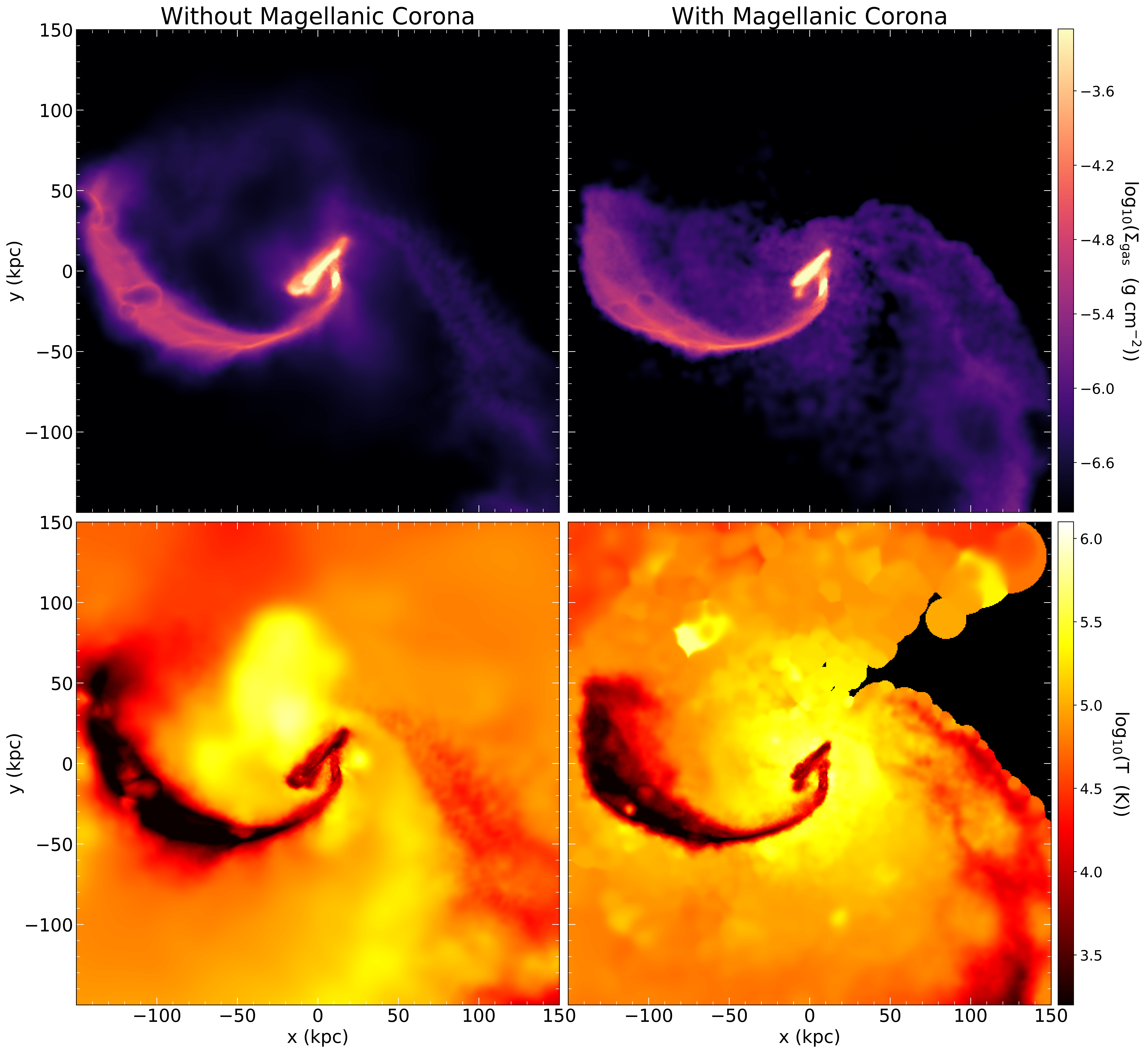
Star Formation
Star Formation is defined as the process in which gravity causes molecular gas clouds to collapse and form stars, but its study also encapsulates the resulting formation of open clusters, feedback driven by stellar winds and supernovae explosions, spiral arm dynamics, and an uncountable list of many other interesting phenomena. It plays a dominant role in the lifecycle of galaxies and has been the subject of both observational and theoretical interest at spatial scales ranging from individual protostars to distant galaxy clusters. With the advent of the Gaia mission and its precise astrometric measurements for over one billion stars, it has become possible to infer the history of individual star forming complexes in the nearby Milky Way by studying the three-dimensional positions and kinematics of their stars. The Orion Complex is perhaps the most advantageous region for humanity to study the process of star formation as it is the nearest, massive star forming complex to the Sun (~400 pc). In Professor D’Onghia’s group, two projects/publications have improved our understanding of Orion and the dynamics of star-forming regions in general: Boquan Chen formulated and applied an unsupervised clustering algorithm to Gaia DR2 data in the region of Orion. His work unveiled a dynamically diverse set of 21 young (< 20 Myr) stellar groups in Orion, of which 12 were newly discovered. Cameren applied this novel clustering algorithm to the improved Gaia EDR3 data in Orion and subsequently appended line-of-sight radial velocities from Gaia, SDSS-IV, and GALAH to the uncovered stellar groups. Combined with Gaia EDR3 proper motions, this resulted in the ability to visualize the full 3D motions of Orion’s young stars. The main result was the discovery of a coherent radial expansion between two stellar groups in the center of Orion, surrounded by a shell of dust (as visualized on the left). This expansion implies strong stellar feedback (supernovae) which occurred in Orion, driving out the leftover gas/dust and leaving the formed star clusters in a state of gravitationally unbound expansion.
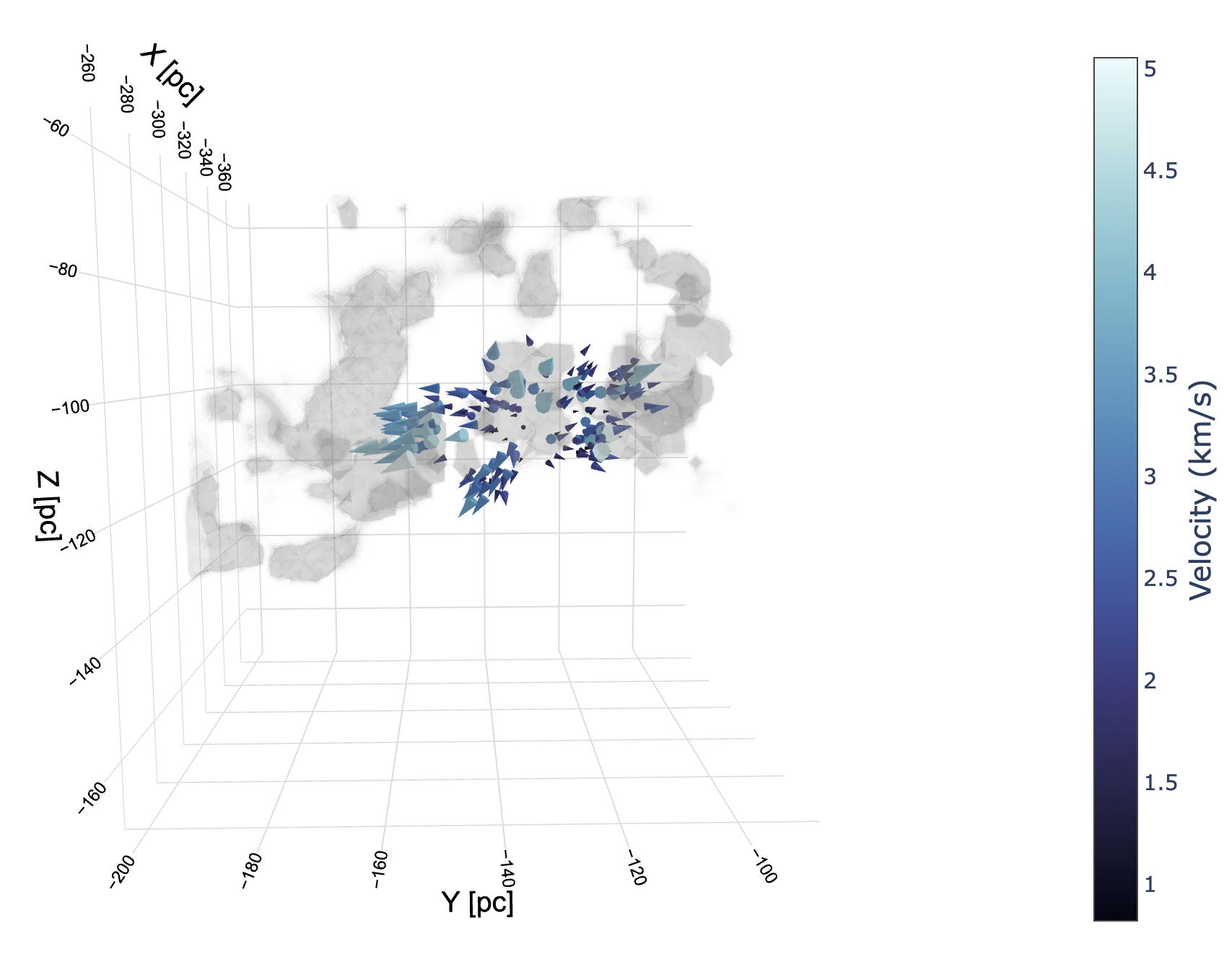
Gaia & SDSS-V
The Radcliffe Wave (RW) is a recently discovered sinusoidal vertical feature of dense gas in the proximity of the Sun. In the disk plane, it is aligned with the Local Arm. However, the origin of its vertical undulation is still unknown. Lekshmi's work constrains the kinematics of the RW, using young stars and open clusters as tracers, and explores the possibility of this oscillation being part of a more extended vertical mode. She studies the median vertical velocity trends of the young stars and clusters along with the RW and extend it further to the region beyond it. She discovers a kinematic wave in the Galaxy, distinct from the warp, with the amplitude of oscillation depending on the age of the stellar population. She performs a similar analysis in the N-body simulation of a satellite as massive as the Sagittarius dwarf galaxy impacting the galactic disk. When projected in the plane, the spiral density wave induced by the satellite impact is aligned with the RW, suggesting that both may be the response of the disk to an external perturbation. However, the observed kinematic wave is misaligned. It appears as a kinematic wave travelling radially, winding up faster than the density wave matched by the RW, questioning its origin. If a satellite galaxy is responsible for this kinematic wave, we predict the existence of a vertical velocity dipole that should form across the disk and this may be measurable with the upcoming Gaia DR3 and DR4. Lekshmi will further extend her study to explore similar signatures of oscillation in the young stars beyond the region of the Radcliffe wave. Using a combination of the chemical abundances and radial velocities of these stars provided by the Milky Way mapper in the SDSS-V, she aims to continue to constrain the nature of this oscillation.
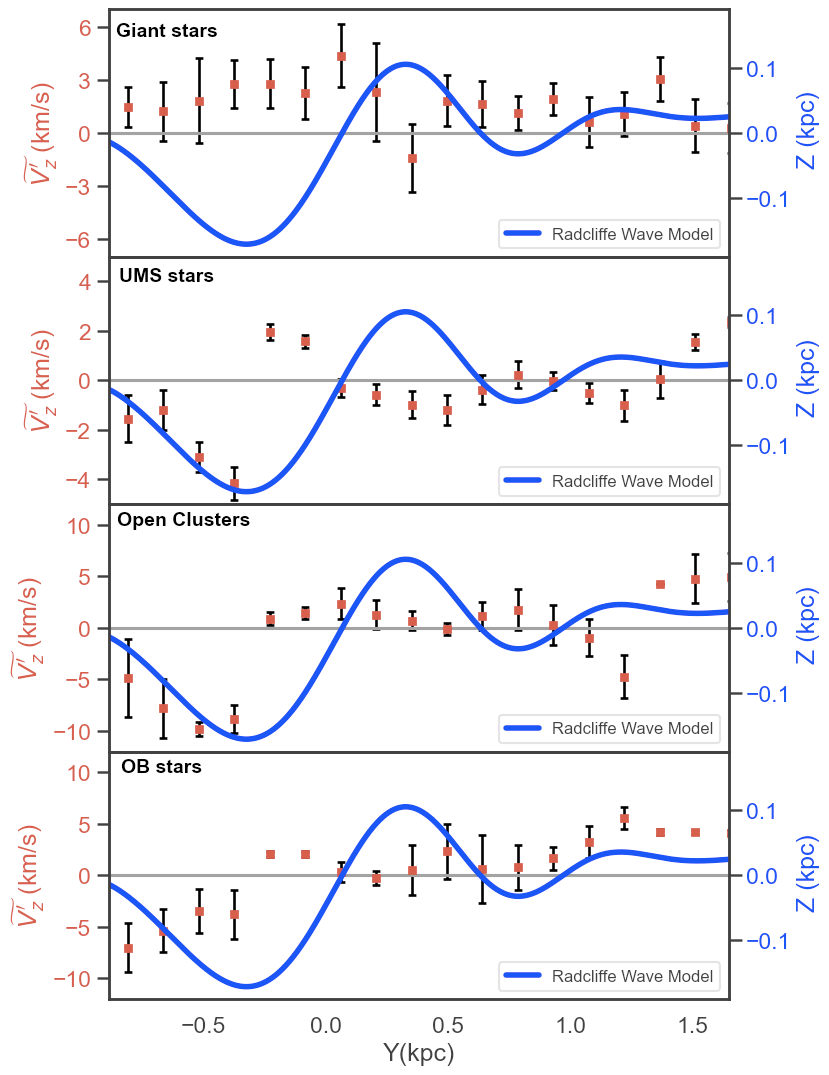
Solar Neighborhood
The region of the Milky Way disk within a few hundred parsecs of the Sun has rich substructure. Due to the recent observations of the Gaia satellite, we are able to see subtle overdensities and underdensities in the kinematics of the solar neighborhood. Specifically, groups of stars with coherent motion, dubbed "moving groups", can be detected by locating these overdensities in the kinematic plane (radial vs azimuthal velocity space). By using wavelet transformation techniques these rich structures and subtle overdensities can be quantitatively located. Scott and Emil have developed this open source wavelet transformation code in Python, MGwave and have not only detected new moving groups, but have also been able to track these groups through the Milky Way's disk. By following these groups through galactocentric radius, we can learn a lot about the non-axisymmetric features of the Milky Way such as the bar and spiral arms. As we get more data extending out further from the Sun, these measurements will be crucial to determining the structure of our own Galaxy.
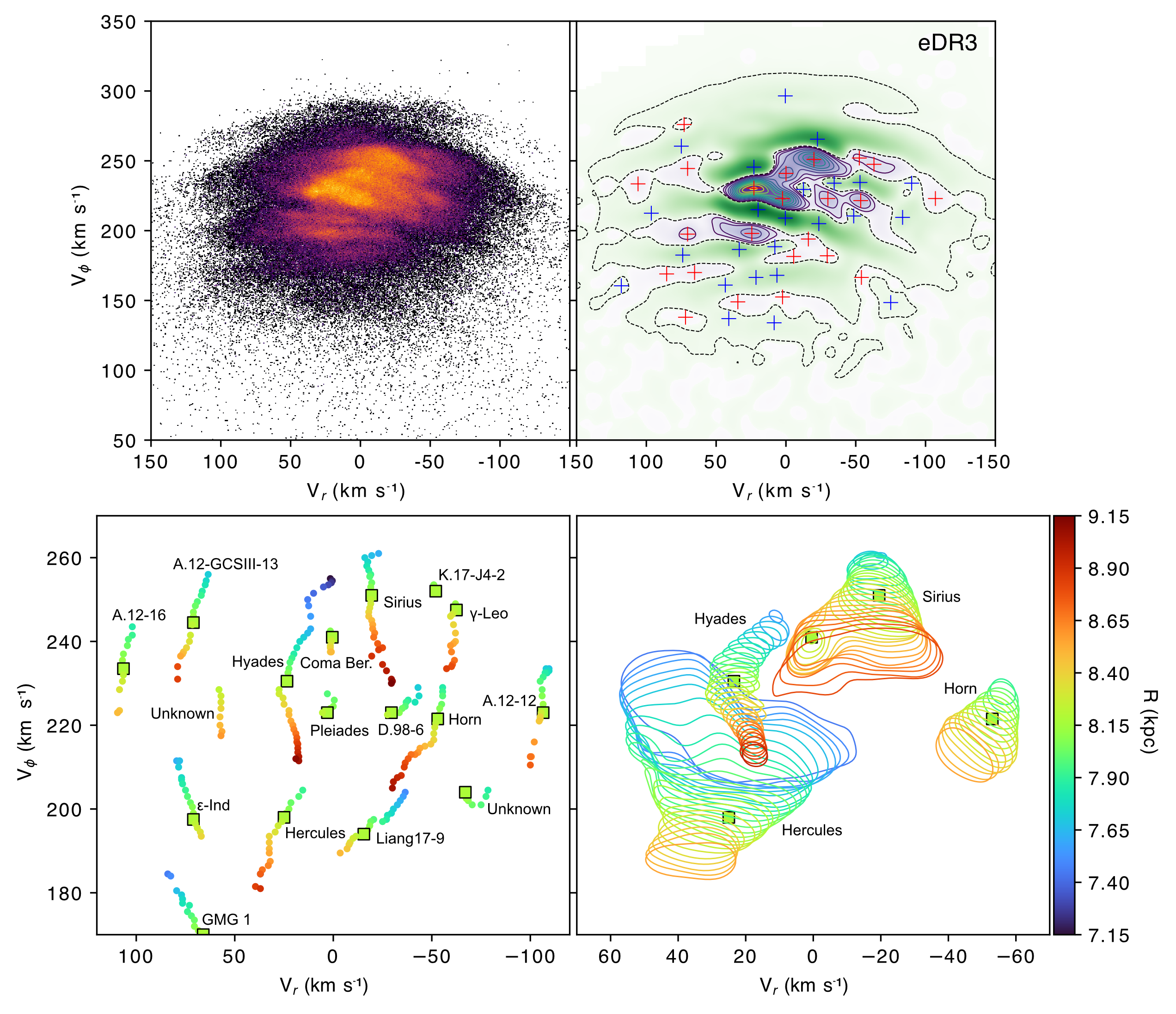
Aerospace
Elena and collaborator Paolo Desiati (WIPAC) have received a NASA Innovative Advanced Concepts (NIAC) grant to build a prototype of the CREW HaT system for shielding astronauts from harmful radiation. The figures show the design of the system in isolation and attached to NASA's planned Lunar Gateway station. Additionally a visualization of the magnetic fields and the paths of the deflected particles is also shown.
